Click here and here. The translation of these very interessting news follows - like always ; ) - as soon as possible ! =)
The translations ->
Netrebko's comeback: Anna and the pure madness
Now in Vienna, too: "Lucia di Lammermoor", without the high Es, but for the first time with glass harmonica.
Not too long should the baby break need: Anna Netrebko is back on the international stages. Like recently in New York, she called back with the most superior repertoire. Nothing less than "Lucia" is on the state opera's schedule. And just to be on the save side it was reported by the direction immediately in advance: The notorious high Es at the end of the "madness-scene" will not be sung.
It is nor in the score, but ambitious coloratura-prima donna's normally insist singing this high note. La Netrebko is for sure everything else then a typical coloratura-soprano. She got famous as "expression"-artist par excellence - it doesn't depend on a few high notes in view of the intensity, which she gives her role portraits. This by the way adjudged recently also the New York Times' reviewer, Anthony Tommasini, who took care of La Netrebko against offences.
At the Metropolitan Opera wanted the diva on the occasion of her comeback flying at higher game too much, tried the "acuti" - and failed. So-called opera friends didn't have to do anything more hurried, than posting recordings of failed single notes in the internet. But this all couldn't change anything on the exaltation for the composition of the whole role which La Netrebko got at the Met.
Vienna-opera principal Ioan Holender announced for the four "Lucia"-performances, which's first one takes place today, Saturday, instead of the high additional notes magical sounds, like they have never been heard in "Lucia di Lammermoor" thitherto, at least not in Vienna, although the composer actually wanted this for his act.
New sounds at the opera
For the first time in the history will the "madness-scene" be accompanied by a glass harmonica in the house at the ring, an instrument, for which once indeed even Mozart composed, which is however used only sparely at the opera.
Richard Strauss dictate the glass harmonica in his "Frau ohne Schatten", for accompaning the melody of the unborn - there is the rare instrument generally replaced by a vibraphone.
Also Donizetti uses the floating sounds for the illustration of a borderline experience: For accompaning Anna Netrebko's melody they got the glass harmonica-specialist Alexander Marguerre from Germany - who got extra aupplause of the philharmonic musicians after the rehearsal. Even there are news for Donizetti-admirers. For the time can the normally canceled duet Lucia's with Raimondo in the second act be listened in Vienna. Stefan Kocán, who will sing this Lucia's confident, made by the way adjust a thistherto practised mistake: He sings Raimondo's aria in the original key E-major. Up to now this one always transported a halftone down.
Next to Anna Netrebko debuts Giuseppe Filianoti as Edgardo. George Petean - a debut as well - as Enrico. Marco Armiliato stands on the rostrum. La Netrebko can furthermore be experienced in May again as Violetta in Verdi's "Traviata" next to the tenor Joseph Calleja.
Anna Netrebko: Home-coming to Vienna
Donna Anna sings in Donizetti's "Lucia di Lammermoor"
Mediterranean crossings
vor 19 Stunden
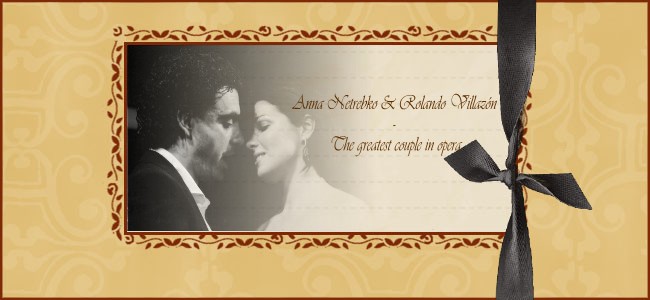

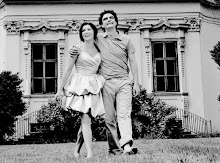
.jpg)

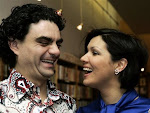

.jpg)

.jpg)


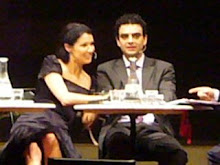.jpg)


.png)
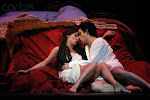


.jpg)
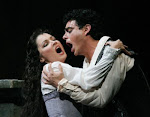.jpg)
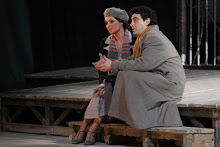.jpg)
.jpg)
.jpg)
.jpg)
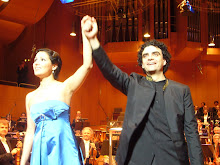.jpg)


.jpg)


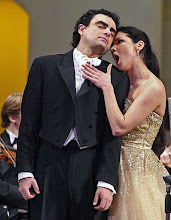.jpg)
.jpg)


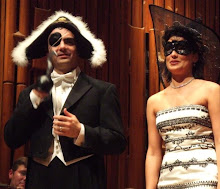


.jpg)
.jpg)

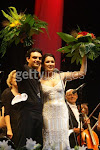
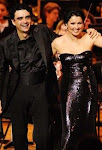.bmp)
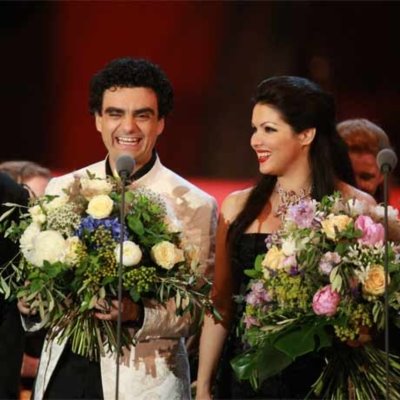
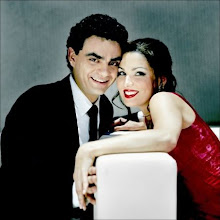
.jpg)

.jpg)




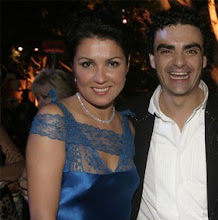+2.jpg)
.jpg)






















Keine Kommentare:
Kommentar veröffentlichen